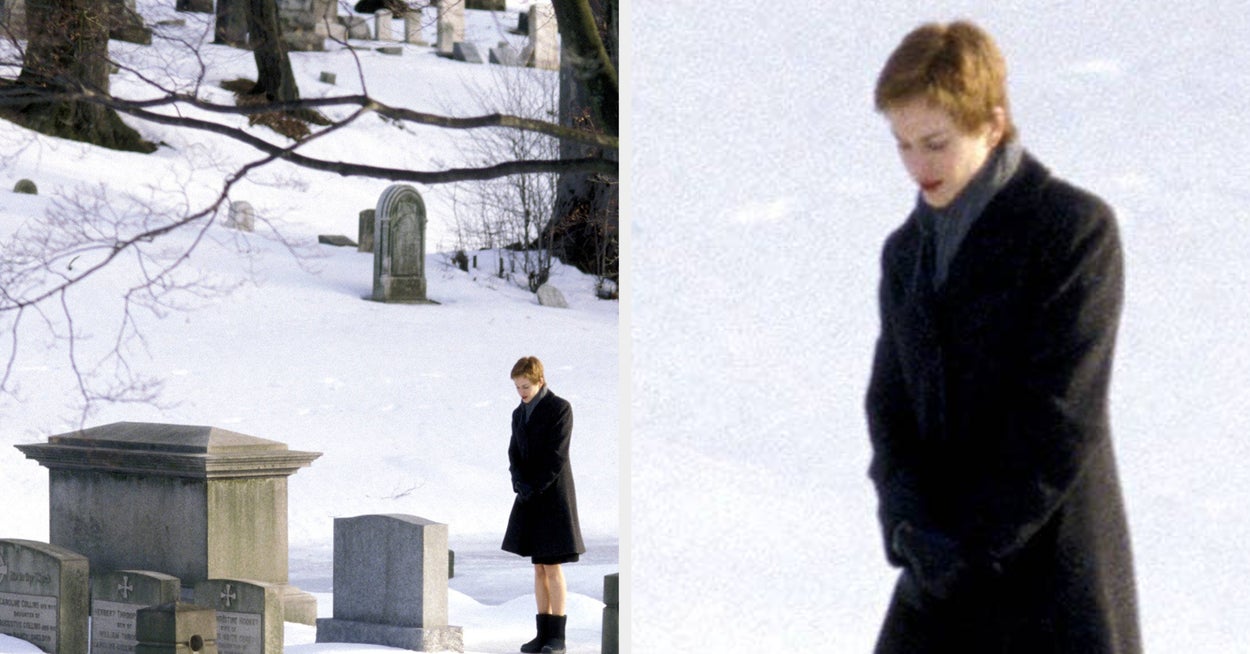By News Helpline
Copyright socialnews

Sold as a “modern romance,” what this movie really provides is the cinematic equivalent of clickbait. Nothing here is modern, romantic, or even vaguely coherent. Rather, it’s a mess of old tropes, tone-deaf humor, dead characters, and scenes so agonizingly disconnected, one might suspect the script was written using a random scene generator. SSKTK does not tell a story — it spills a series of content, hoping the viewers won’t realize there’s no soul, no arc, no point.
Let’s begin with the writing — or lack of it. The movie confuses style with substance and noise for story. Plot points are spoon-fed or absurd, dialogue lacks wit or substance, and the emotional moments are so manufactured, it’s difficult not to wince. This isn’t storytelling — it’s packaging. A product meant to go viral, not to stir. And it shows.
Varun Dhawan, who had a natural charm and comic sense a while ago, now seems to be staging a poor imitation show. His character flips between childish overplaying and cringe-worthy emotional scenes, neither of which pay off. There’s no freshness in his act — just a forced attempt to copy the charm of stars who did it better decades earlier. The outcome? An empty imitation of Bollywood’s yore, with none of the genuineness.
Janhvi Kapoor’s acting, if acting it can even be called, is a masterclass in how to squander potential. She pads through scenes as if she’s on set for a photoshoot, reading lines with the dramatic range of a shampoo advertisement. Each shot is like it was carefully curated for Instagram, not film. She doesn’t perform; she poses — and badly at that. Her non-presence on screen would be hilarious if it weren’t so heartbreaking.
Supporting cast such as Sanya Malhotra and Rohit Saraf, both of whom display proven talent, are relegated to mere glorified props. Sanya, especially, gets to outshine the leads in whatever little screen time she gets — a tragic reminder of what this film might have been had real actors get to play the leads. Manish Paul appears, makes a joke flatter than hospital fare, and vanishes — much like any semblance of comic relief in the film.
Sunny Sanskari Ki Tulsi Kumari promises entertainment, but what it delivers is sheer exhaustion. The jokes are dated, the music forgettable, the romance non-existent. Every moment is stretched beyond reason, scenes drag with no payoff, and you’re constantly left wondering if the filmmakers themselves even believed in what they were making. There’s no rhythm, no build-up, no emotional investment. Just a never-ending montage of loud background music, glittery costumes, and empty faces.
Even the so-called “romantic” sequences feel contractual. There’s zero chemistry between the leads, zero tension, zero buildup. You’re not rooting for them to be together — you’re rooting for the movie to end. And when it finally does, it doesn’t feel like closure. It feels like parole.
A Bigger Problem: The Death of Intent
But the actual tragedy is this — SSKTK is not a one-off failure. It’s a sign of a bigger disease infecting mainstream cinema from within: the demise of intent. This type of movie isn’t created to tell a story. They’re created to make release deadlines, meet commitments, and churn out “content.” They depend on star kids, look filters, and publicity machinery rather than craft, vision, or integrity. It’s not a film; it’s a marketing technique masquerading as art.
The cinema has always reflected the times. If Sunny Sanskari Ki Tulsi Kumari is what Bollywood thinks this generation is interested in, then that’s a travesty not only for audiences — but for the art form of cinema.
Sunny Sanskari Ki Tulsi Kumari is not just a bad film — it’s an empty spectacle of privilege, laziness, and creative decay. It’s the kind of film that treats the audience like they don’t matter. That assumes we’ll tolerate anything if it comes with enough gloss and hashtags. It’s the cinematic equivalent of serving stale leftovers on a silver platter and expecting applause.
If you have already seen it, my sympathies. If not — do yourself a favour. Forget the ticket. Waste not your time, money, and your mind. Go look at a wall instead. At least the wall will not try to pass itself off as cinema.



